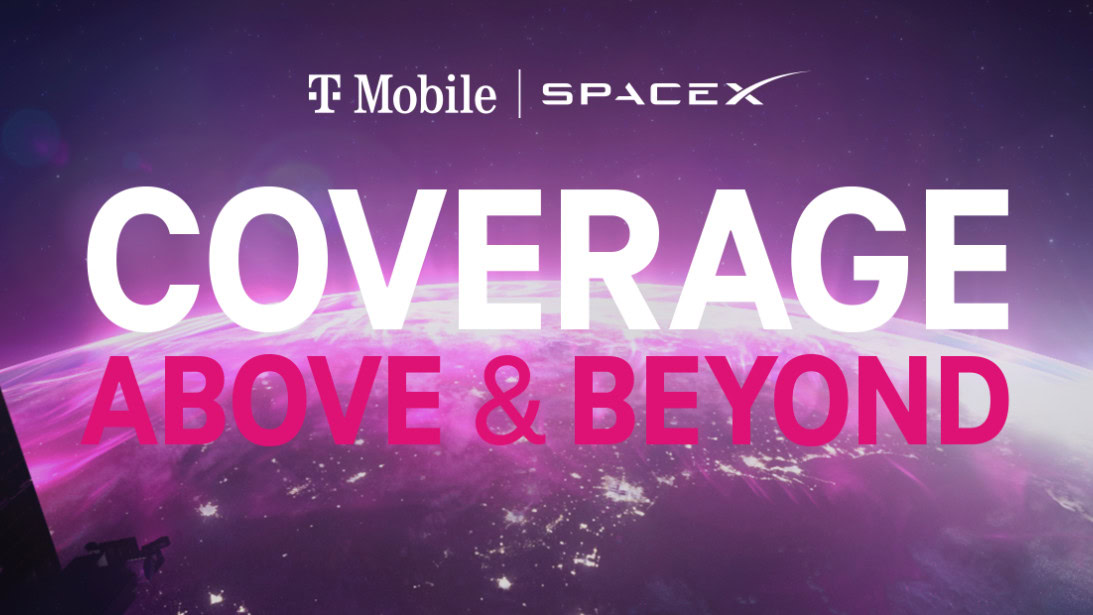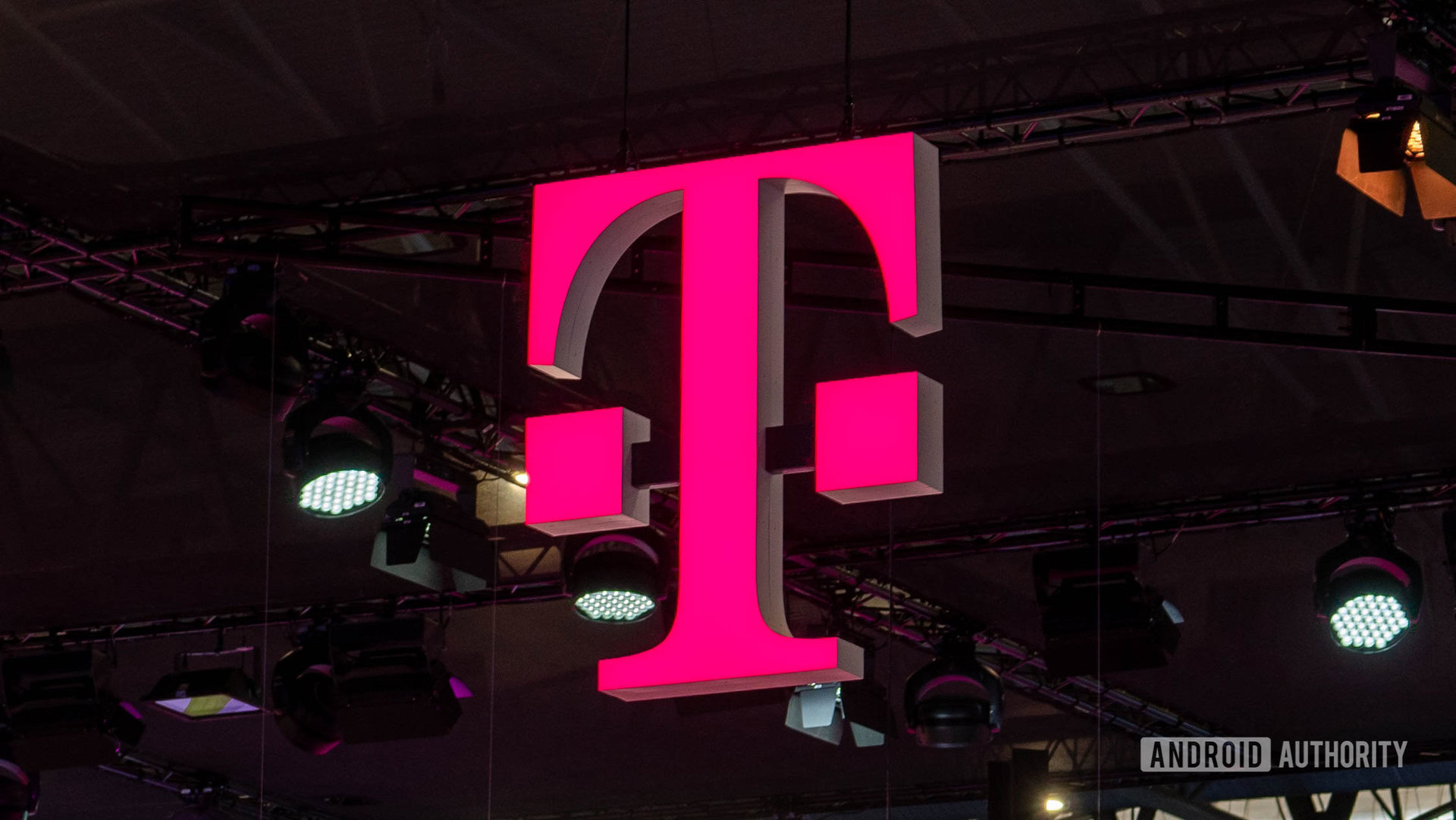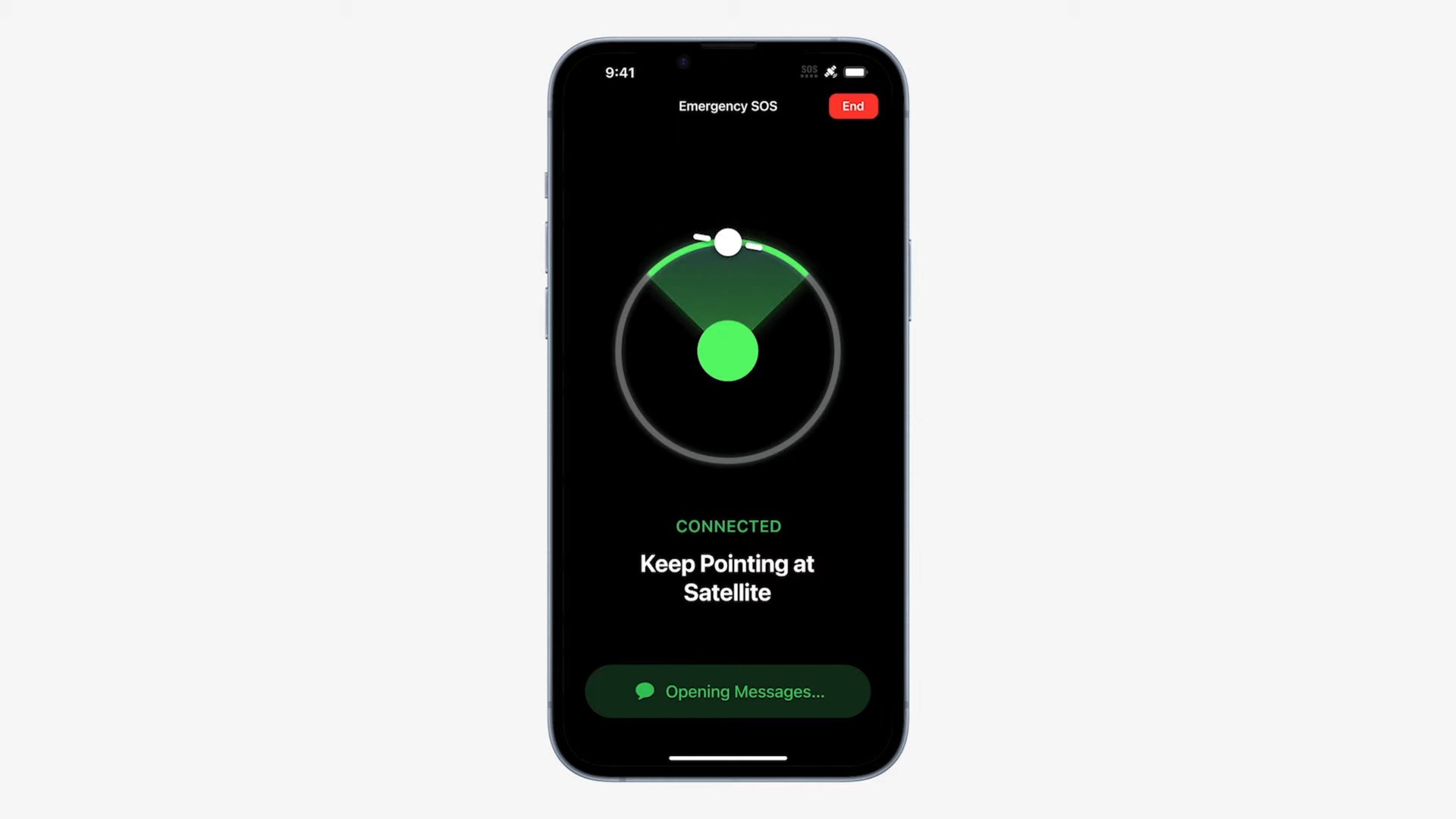Affiliate links on Android Authority may earn us a commission. Learn more.
T-Mobile and Starlink satellite connectivity explained: What you need to know
Published onFebruary 10, 2025

In August 2022, T-Mobile and SpaceX announced a bold plan to expand cellular connectivity across the US with the help of low-orbit satellites. Fast-forward to 2025, and the T-Mobile Starlink service is now rolling out to everyone, even AT&T and Verizon users.
T-Mobile says its satellite service extends connectivity to over 500,000 square miles of the US without traditional cell coverage. These areas include national parks, uninhabitable deserts and mountain ranges, and even territorial waters. Traditional surface-level cell towers cannot cover most of these regions, so T-Mobile Starlink uses specially configured satellites with Direct-to-Device (D2D) capabilities to deliver connectivity to phones.
The benefits of satellite connectivity are clear. You get consistent coverage regardless of terrain, and it acts as a safety net for users who find themselves traveling through less populated areas. So, in this article, let’s break down T-Mobile’s partnership with SpaceX and its bold plan to link your smartphone with Starlink satellites in the sky.
What is T-Mobile and SpaceX’s satellite partnership all about?

In a nutshell, T-Mobile and SpaceX will use low-orbit satellites, over 200 miles up in space and traveling at over 17,000 miles per hour, to improve cellular coverage on existing 5G smartphones across the United States.
According to the carrier, over half a million square miles of the country don’t get any cell signal whatsoever. Reasons for lack of coverage can vary — for example, carriers cannot build infrastructure in protected land or oceans. Satellite connectivity makes coverage possible in these regions.
Having said that, satellite connectivity isn’t exactly a new concept, so why is T-Mobile and SpaceX’s partnership such a big deal? Well, it’s because you don’t need a dedicated satellite phone to use it. The carrier claims that “the vast majority of smartphones” will be compatible with the service. In other words, you won’t have to buy extra equipment or a new device to take advantage of satellite connectivity on T-Mobile.
Thanks to T-Mobile's partnership with SpaceX, you won't need a bulky satellite phone to send text messages while off the grid.
As for how it works, SpaceX will use its Starlink satellites to broadcast a new network using T-Mobile’s mid-band spectrum. More specifically, it will use the 1900MHz spectrum that’s part of the carrier’s 4G, and now 5G, network. This requires new satellite technology, called Direct to Device capabilities. The first satellites with the the technology launched in early 2024, as noted by an official press release from T-Mobile. For now the new method is still undergoing testing.
It’s important to note that satellite connectivity will only be offered when you don’t have a cell tower nearby. This ensures that the service remains available to those in need. That’s the big selling point for satellite-to-phone right now — emergency connectivity for those living in or traveling through underserved areas.
What can you do with satellite connectivity on T-Mobile?

To begin with, the T-Mobile Starlink satellite connectivity service will allow users to send text messages (including picture messages). The company also hopes to add voice and data connectivity in the future. That said, developers of WhatsApp and similar services will have to optimize their apps to ensure that they work with the network.
Another thing about satellites is that you can’t necessarily expect messages to go through instantly. You also need to be in full view of the sky, as light obstructions like tree cover will increase the delay.
How can you start using T-Mobile’s satellite services?
T-Mobile Starlink is currently in beta testing, and anyone — including AT&T and Verizon customers — can sign up for free. The beta phase will run until July 2025, after which T-Mobile will offer the satellite service at no additional cost to subscribers of its Go5G Next plan.
One of the biggest advantages is that you don’t need to be a T-Mobile customer to use the service. AT&T and Verizon users can continue with their existing carriers while still accessing T-Mobile Starlink. Even after the beta period ends, non-T-Mobile customers can subscribe to the service by paying a monthly fee.
If you want to know which areas are covered under the service, you can check out the T-Mobile Starlink coverage map here. The Un-carrier is also collaborating with global roaming partners and SpaceX to offer satellite services to customers when traveling abroad or in international waters in the future.
How much does T-Mobile’s satellite service cost?
T-Mobile customers who subscribe to other plans can also receive a $5 monthly discount on T-Mobile Starlink by signing up now with the Early Adopter Discount. Without the discount, the service will cost $15 per month starting March 1, but early adopters can reduce this to $10 per month. Customers can cancel the service at any time, and those who sign up for the beta program will be notified before their first charge in July 2025.
Meanwhile, AT&T and Verizon users who want to continue using T-Mobile Starlink will be able to do so by paying $20 per month without switching carriers.